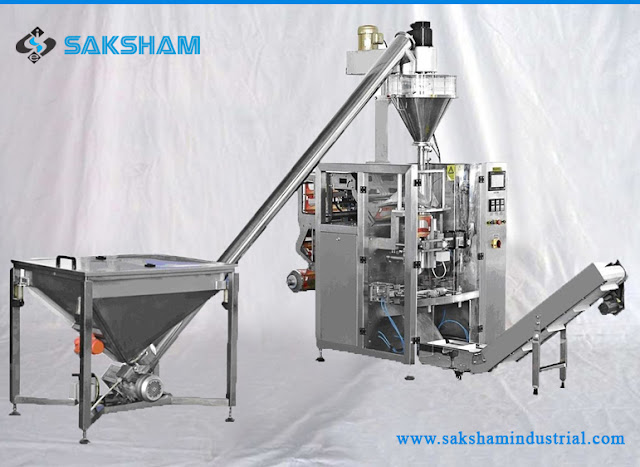A FEW QUICK TIPS TO HELP YOU FIND THE BEST VERTICAL SCREW CONVEYOR COMPANY
Vertical screw conveyors are efficient method for elevating a variety of bulk materials from sharp inclines to completely vertical. The specific design of this conveyor allows fitting almost any plant layout. The vertical screw conveyor is a cost-effective and dependable component of any bulk material handling process, with minimum number of moving parts.
This Conveyor consists without flexible traction components that push the particles through the rotary shaft with screw blade. In the traditional screw conveying mechanism, the centrifugal force produced by the rotating screw acts on the medium particles. The simplicity of the screw conveyor design allows it to be used in many applications. Besides transporting flakes, powder, grains, and granules, screw conveyors often find uses as agitators and blenders. It also allows the vertical auger to remain operating at a constant speed, increasing efficiency and decreasing power consumption over time. The most common applications of this screw conveyors are in wastewater facilities, wood production, chemical and food, as well as mining operations.
Design and Specification
A vertical screw conveyor consists of a screw rotating in a vertical casing, on the top bearing for the screw shaft must be designed to stand against mechanism and thrust loads. A suitable port at the lower end and a discharge port at the upper end of the casing are provided. Most materials are fed to the vertical conveyor by a straight or offset horizontal feeder conveyor. The process of a conveyor is to have a controlled and uniform volume of material feeding.
The direction of rotation of the screw conveyor shall be designed to suit the associated upstream screw conveyor such that powdered chemical shall be discharged at the side port and removed by the screw at the cross connection.
Selection of Conveyor Size and Speed
To determine the size and speed of a screw conveyor, it is necessary first to establish the material. It will be seen from what follows that this code number controls the cross-sectional loading that should be used. This conveying operation is controlled by volumetric feeders, and uniformly feeding materials. That discharge from it.
FEATURES
Dust-free material handling Saksham Industry can handle dry bulk materials under tough conditions screw technology incorporating a totally-enclosed conveying line for Eco-friendly operation. The dust free process is a minimal the environmental impact that surrounding us.
Low power consumption Screw technology ensures that the lowest power consumption, saving money and emissions as reduced power requirement.
APPLICATIONS OF SCREW CONVEYORS are bulk materials transporting devices capable of handling a variety of materials, which have relatively good flow ability. Flow ability is defined in the CEMA Material classification standard and denotes the degree of freedom of individual material particles to move past each other.
In the handling of some toxic materials screw conveyors lend themselves very well because the enclosing trough can be made tight enough to contain toxic dust or vapors, thus reducing personnel hazards. Conversely, materials that must be kept free from contaminants may be satisfactorily handled.



Comments
Post a Comment